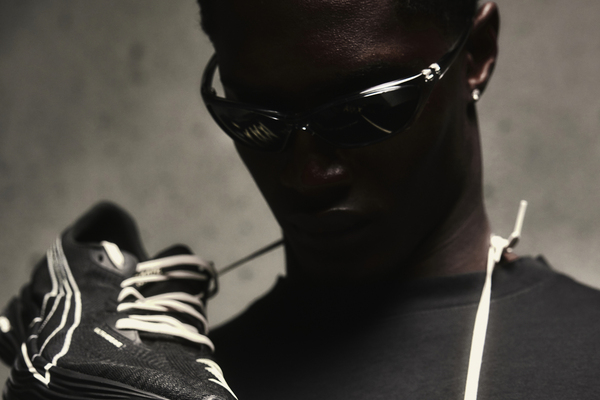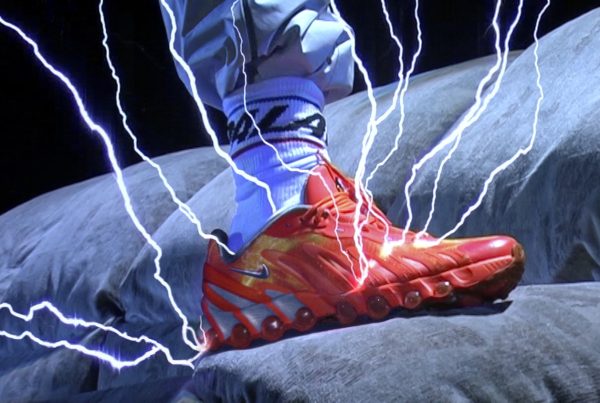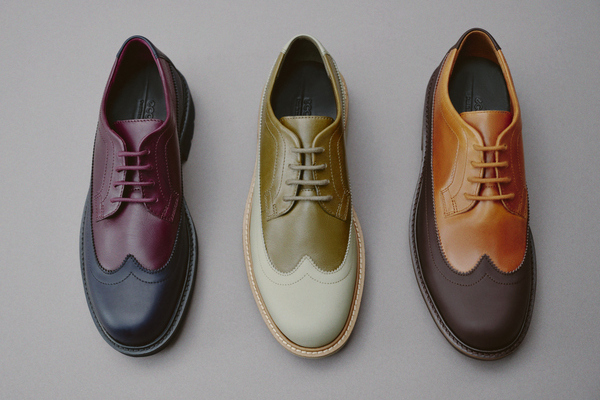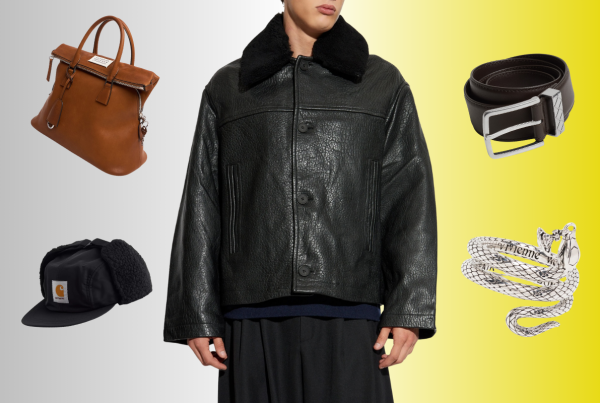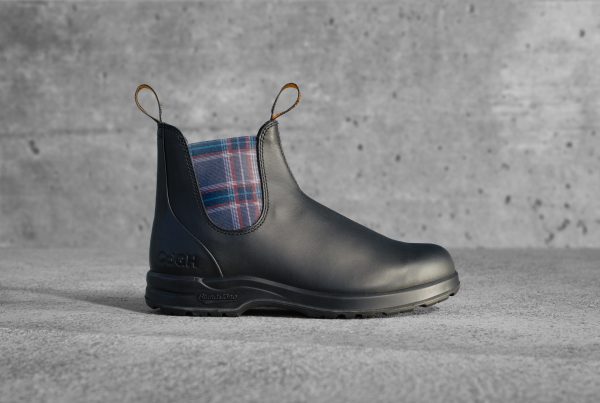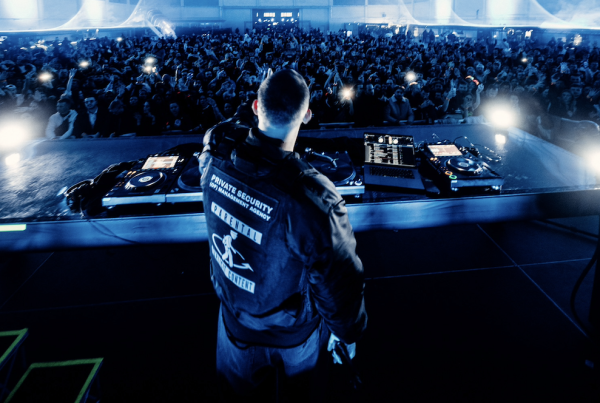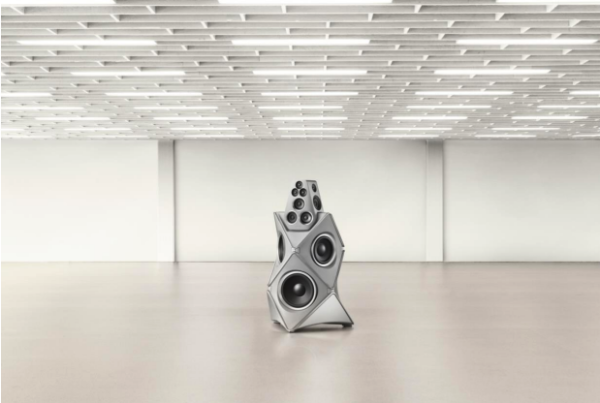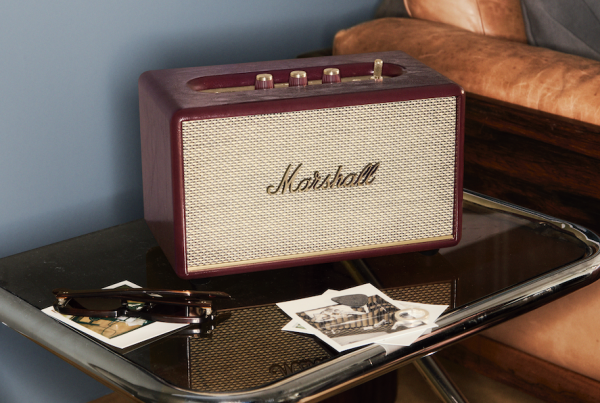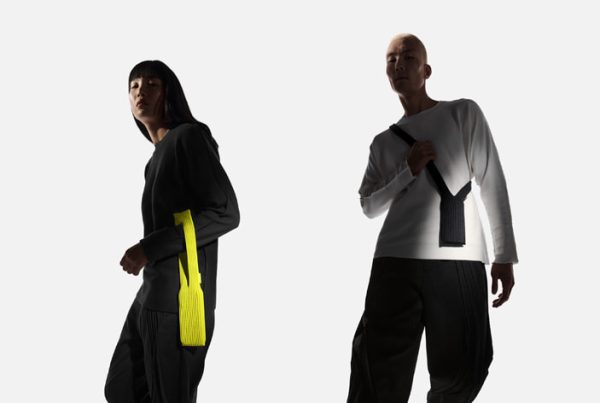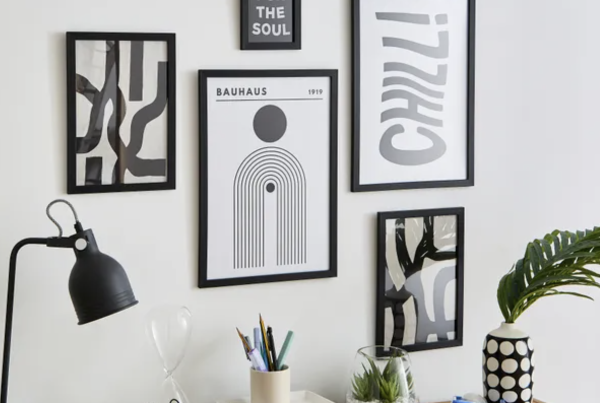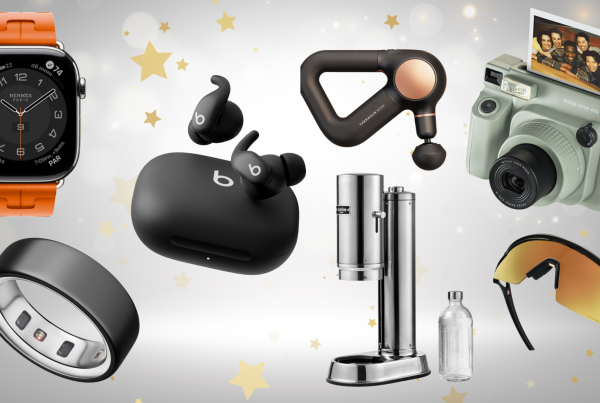Every time we experience something stressful, our bodies go through a series of biochemical and hormonal changes. This mechanism is known as the fight-or-flight reaction or automatic stress response. The body can’t do without this response, but it drains you both physically and mentally if it’s activated too often.
You can stave off the adverse effects of stress by learning to activate a mechanism known as the relaxation response, which does the opposite of what the fight-or-flight reaction does. Here’s how to achieve this therapeutic response using simple tested-and-tried relaxation techniques.

1. Progressive Muscle Relaxation
Progressive muscle relaxation is a two-phase process that involves systematic tension and relaxation of muscles in different parts of the body.
When done often, progressive muscle relaxation familiarizes you with the feeling of complete muscle tension and relaxation for specific muscle groups. This familiarization makes it easy for you to identify the exact body parts experiencing or about to experience muscular tension.
Here’s how to practice progressive muscle relaxation:
- Get comfortable.
- Take deep breaths.
- Focus all your attention on your left foot.
- Squeeze its muscles as intensely as you can and count up to ten.
- Relax your left foot and pay attention to the tension flowing away and the relaxation setting in.
- Stay relaxed for a few seconds, taking deep, slow breaths.
- Switch focus to your right foot and follow the same procedure.
- Move up through your body, tensing and relaxing as many muscle groups as you can.
It may prove an arduous task at first, but as you practice, the sequence will gradually become smoother and seamless.
2. Breathing Meditation
This is one of the simplest yet potent relaxation techniques for stress relief. Not only is it easy to learn and practice, but it can also be done anywhere.
Deep breathing is at the core of most relaxation techniques and can be practiced together with other proven elements such as slow music. A few minutes and a favorable place to stretch out are really all you need for breathing meditation.
How do you go about this technique?
What you want to achieve with breathing meditation is to pump as much oxygen as possible to the tissues. Here’s how to pull it off:
- Sit comfortably.
- Place one hand on your stomach, the other on your chest.
- Close your mouth, and use your nose to breathe in deeply.
- Ensure the hand on the chest doesn’t rise more than the hand on the stomach.
- Open your mouth and exhale through it. Push out all the air, and make sure to contract the belly muscles in the process. Again, the hand on the stomach should move more than the one on the chest.
- Repeat the process multiple times.
If you struggle taking deep breaths while seated, consider lying on a flat surface and placing a book on your stomach to monitor your belly movements.
3. Mindfulness
Mindfulness can be defined as being aware of what you’re feeling and experiencing at a particular moment in time. Obsessing over events in the past or the future can inflict an overwhelming degree of stress on your body and mind. However, by staying focused on the present, you can restore your nervous system to its normal state.
One method that has been used to manage overwhelming stress is mindfulness-inducing meditation. Meditation can bring your focus to the present by channeling your thoughts to one repetitive action, such as breathing. Other forms of meditation let you follow and let go of some of your thoughts. Here’s how to practice mindfulness meditation:
- Sit up with your back straight in a cool and calm place, far from distractions such as humans and pets. You can sit in a chair or on the floor, cross-legged, or in the lotus position.
- Find something to focus on. This can be anything, from an internal bodily sensation or something you can fix your eyes on, such as a clock or a lit candle. If you’re easily distracted, consider meditating with your eyes closed.
- Avoid fighting distractions. It so happens that when you choose to focus on a specific thought, you get an influx of distractions, which you may be tempted to fight off. The best thing to do in the event such thoughts set in is to go back to what you were focusing on gently. With time, your point of focus will prove predominant, and the distractions will be forced to pave the way.
4. Visualization Meditation
Also known as guided imagery, visualization is a form of traditional meditation that makes use of all five senses to image a scene where you’re at peace and willing to let go of all your anxiety and stress.
Choose whatever scene gives you comfort and a sense of safety. You can practice visualization alone in a quiet indoor or outdoor location, or under the guidance of a recorded therapist.
With your eyes closed, start picturing yourself in your scene of choice. Try to create a vivid picture using as many senses as you can.
If you’re struggling to get yourself in a state of deep meditation, you should consult with a therapist for guidance. Some people have reported using CBD right before practicing visualization to increase their concentration. If you reckon this would work for you, too, then you have no reason not to give it a try.
Note that CBD also helps reduce stress and frustration, and may work for you even when used separately. Click here to check out this topical full-spectrum CBD product you may want to try out.
5. Tai Chi and Yoga
Yoga is a combination of stationary poses, movements, and deep breathing aimed at curbing stress and anxiety and improving strength, flexibility, stamina, and balance. It has also been shown to stimulate the relaxation response if practiced regularly.
There are many different types of yoga. The most suitable form for stress relief is the kind that emphasizes deep breathing combined with gentle stretching and slow, steady movements. You may want to try out these three:
- Power yoga: This is best suited for those seeking stimulation and relaxation.
- Hatha yoga: This is revered for its effectiveness in relieving stress and simplicity to learn and execute.
- Satyananda: This is an age-old form of yoga that involves deep relaxation, meditation, and execution of gentle poses. It’s also easy to perform and can suit you if you’re not well-acquainted with yoga.
Tai chi entails a series of slow body movements meant to induce relaxation and focus. The stress relief technique started as a type of martial arts, but now, it’s practiced mainly to relax the mind, fight off stress, and condition the body.
6. Body Scan Meditation
Body scan meditation is a type of meditation where you focus on the different sensations coming from specific parts of your body, much like progressive muscle relaxation, but without the muscle tensing and relaxation action sequence.
There are several ways to practice a body scan, but the most recommendable one involves lying down on your back and taking deep breaths. The point of doing this is to achieve a state of relaxation, so don’t stop until you feel calm and comfortable.
The next step is to turn your concentration to one of your feet. Focus on the sensations there while at one fell swoop paying attention to your breathing. Spend a minute or two on this area before shifting your focus to the nearest muscle group: the sole of your foot. Spend another two minutes there and move to the next part.
Slowly go up to your body, scanning different parts and tuning it to the sensations emanating from them.
7. Massage Therapy
A thorough, full-body massage provides relaxation to your muscles, and in the process, brings a calming effect to your mind. For a proper massage, you can go to your favorite spa or do it in your home’s comfort with one of these self-massage techniques.
Common types of massage for relaxation and stress relief include acupressure or shiatsu and Swedish massage. In acupressure, the therapist uses their fingers to press specific points on the body to ease the pressure.
Albeit self-massage is as effective as a professional massage if done properly, going to a spa guarantees better results. If you’re a massage novice, ask your professional to find a routine that promotes overall relaxation. Aggressive options such as sports or deep tissue massage may not be suitable for you as they are likely to leave you sore on the targeted body parts. In pain and discomfort, you can’t achieve relaxation.
Endnote
When it comes to stress relief, what works for you may not always work for the next person. It’s thus advisable to try many different techniques to identify the one that suits you best. If possible, create a routine of more than one technique and spread them out across a long period.


